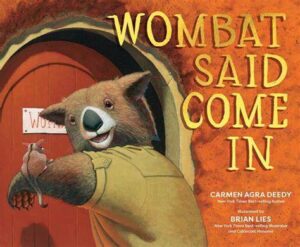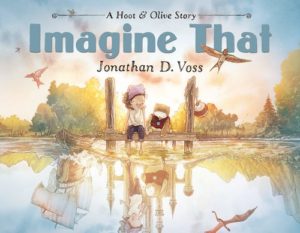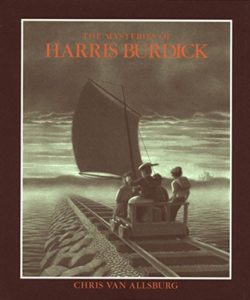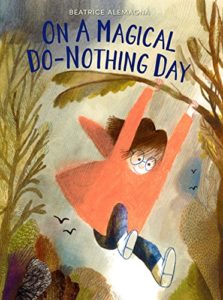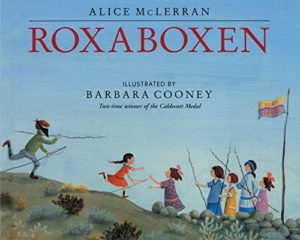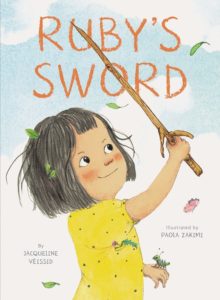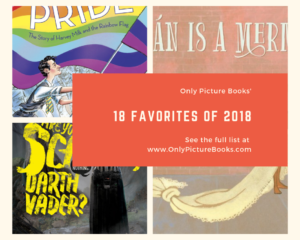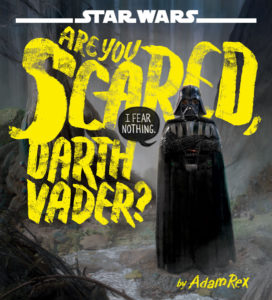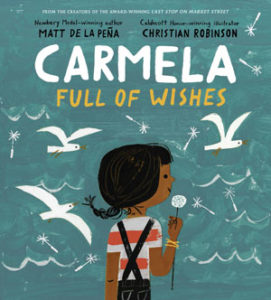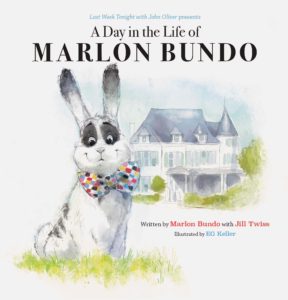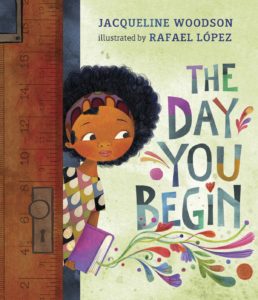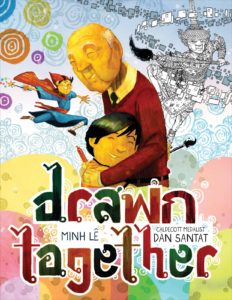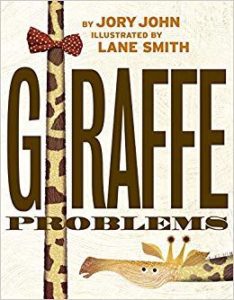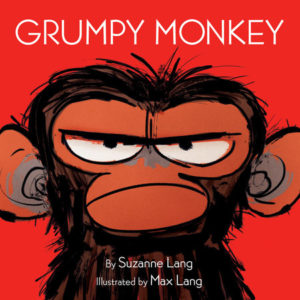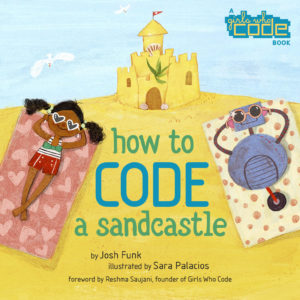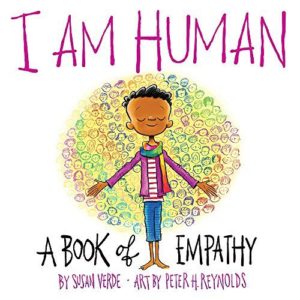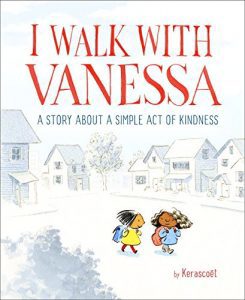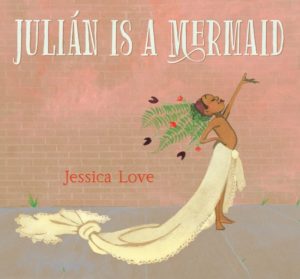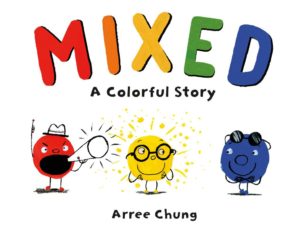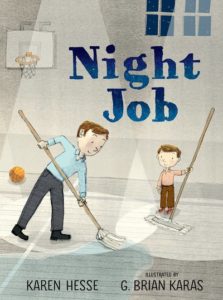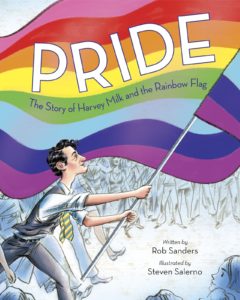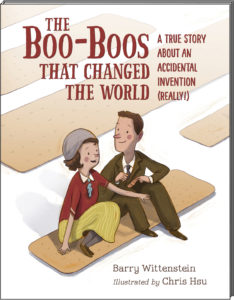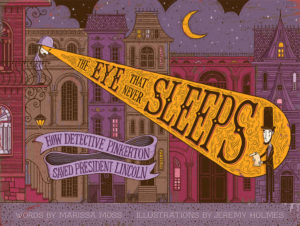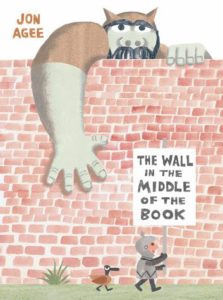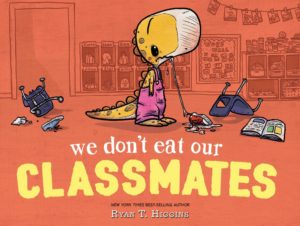Nearly Exactly Almost Like Me
Author: Jennifer Bradbury
Illustrator: Pearl AuYeung
11 February 2025
Atheneum/Caitlyn Dlouhy Books
40 pages
Book description from Goodreads: “A loyal big brother makes a case for why his adopted little brother is just like him when a pesky kid on the playground questions their physical differences in this charming picture book.
When they hear the singsong tune of an ice cream truck, two brothers race to get in line! Big brother beats little brother and holds their spot. But when little brother catches up, another kid challenges him joining his brother in no cutting! Everyone knows that cutting doesn’t count when you’re siblings, but the kid doesn’t believe they can be brothers when they don’t look anything alike.
The brothers may not be biologically related, but they’re still brothers, and they have so much else in common! They both like candy way too much, love swimming but hate baths, and know their parents love them. Big brother knows that differences on the surface don’t matter when in his heart, his little brother is just like him.”
Need some reviews of Nearly Exactly Almost Like Me?
Reading Activities inspired by Nearly Exactly Almost Like Me:
- Before Reading–From looking at the front cover:
- What do you think the title Nearly Exactly Almost Like Me means? What does it suggest about the characters?
- Look at the two kids on the cover—how do they seem alike? How do they seem different?
- What does it mean to be part of a family? Does everyone in a family have to look alike? Why or why not?
- Have you ever had someone assume something about you that wasn’t true? How did it make you feel?
- What are some ways people in a family can be similar besides their appearance?
- Why do you think the author wanted to tell this story? What message do you think it will have?
- What questions would you like to ask the author before reading the book?
- After Reading–Now that you’ve read the story:
- How did the big brother react when someone questioned whether Dev was really his brother?
- What were some of the things the brothers had in common? What were some ways they were different?
- How do you think Dev felt when the other child didn’t believe they were brothers?
- Why do you think it was important for the big brother to show that family is about more than just looking alike?
- What was your favorite moment in the book? Why did it stand out to you?
- How did the illustrations help tell the story? What details in the pictures stood out to you?
- How do you think the skeptical kid at the playground felt at the end of the story? Did their view change?
- Would you recommend this book to a friend? What would you tell them about first?
- The “Almost Like Me” Sibling Challenge: Grab a friend, sibling, or family member and write down ten things about yourselves—your favorite foods, hobbies, pets, bedtime routines, anything! Then, compare your lists. How many things do you have in common? What surprised you? Just like Dev and his big brother, you’ll probably find that the things that matter most go beyond appearances!
- Family Portrait—Remixed!: Most people think of family portraits as everyone smiling for a photo together, but what if a portrait captured something deeper? Instead of drawing a picture of just how your family looks, make a family portrait that shows what makes you all unique. Maybe you love the same food, play the same games, or share inside jokes. Include those details in your artwork to celebrate what really makes your family yours!
- What’s in a Name? A Family Storytime: In the book, Dev and his brother share family traditions and history. Now, let’s explore your own family’s story! Ask a parent, grandparent, or guardian about your family history. Do you have a name with a special meaning? Are there stories about how you became part of your family? Write down what you learn and share it with someone close to you.
- “You Can’t Tell By Looking!” Discovery Game: People often assume things about others based on how they look, but appearances don’t tell the whole story! Play this game with friends or classmates: Everyone writes down one fact about themselves that others wouldn’t guess by looking at them. Then, mix up the papers and take turns reading them aloud, guessing who wrote each one. It’s a fun way to see how much more there is to people than what we see!
- The Love List: What Really Makes a Family?: Dev and his brother know that family is about love, not just looks. Think about what makes your own family special—whether it’s a family you were born into, adopted into, or chosen. Make a list of ten things that show love in your family. Do you have special traditions? Do you help each other in different ways? Decorate your list and keep it as a reminder that family is about what we do, not just what we look like!
- Letters of Belonging: A Note to Someone Who Feels Left Out: In the book, Dev faces a moment where someone doesn’t believe he and his brother belong together. Write a letter to someone (real or imaginary) who might feel left out or different. What would you say to make them feel welcome? Decorate your letter and share it with a friend, family member, or teacher to spread kindness!
- Books, Books, and More Books!: Check out these real-world picture books about family, adoption, and sibling bonds:
The Day You Begin by Jacqueline Woodson, illustrated by Rafael López
This heartfelt story is about feeling different but finding connections with others. Like Nearly Exactly Almost Like Me, it reminds us that even when we don’t look like those around us, we all have something in common.
A Family Is a Family Is a Family by Sara O’Leary, illustrated by Qin Leng
This book introduces a classroom full of children, each with a different type of family. Some have two dads, some live with grandparents, and some are adopted. It beautifully illustrates that what makes a family is love.
We Belong Together: A Book About Adoption and Families by Todd Parr
A warm and simple book that explains adoption in a way young kids can understand. It celebrates how families come together in different ways and the love that binds them.
Big Brothers Don’t Take Naps by Louise Borden, illustrated by Emma Dodd
A sweet story about an older brother passing on wisdom to his younger sibling. It highlights the joys of having a little brother—whether they look alike or not!
Real Sisters Pretend by Megan Dowd Lambert, illustrated by Nicole Tadgell
Two sisters play pretend, reminding each other that even though they weren’t born into the same family, their bond is real. Like Nearly Exactly Almost Like Me, this story affirms that love is what makes a family.








 Julian Is a Mermaid
Julian Is a Mermaid
 We Don’t Eat Our Classmates
We Don’t Eat Our Classmates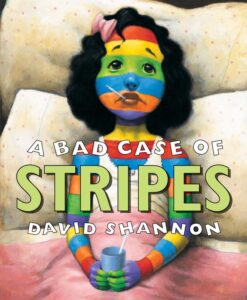
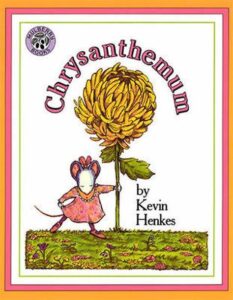
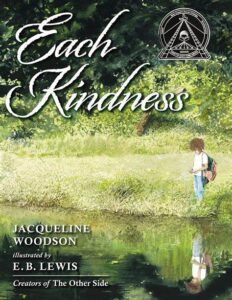
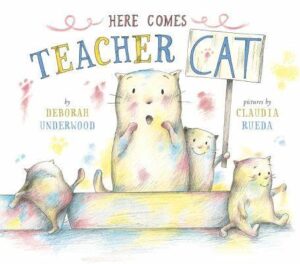
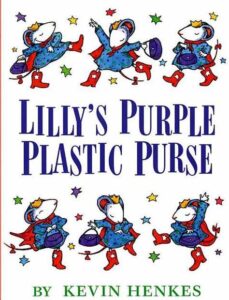
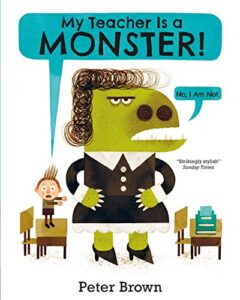
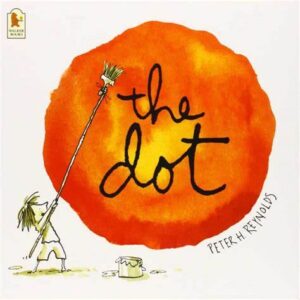
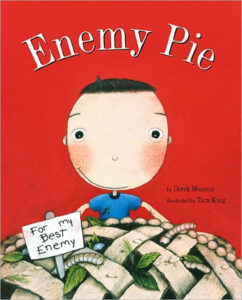
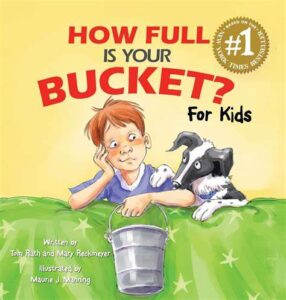
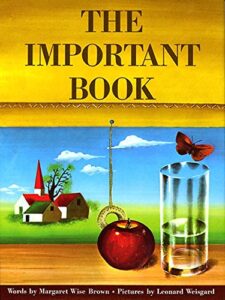
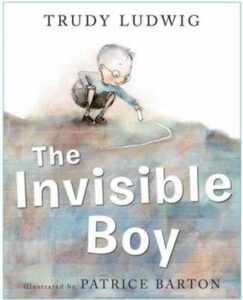
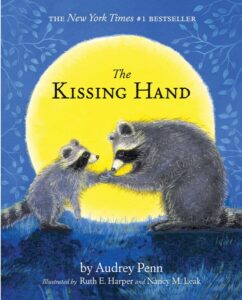
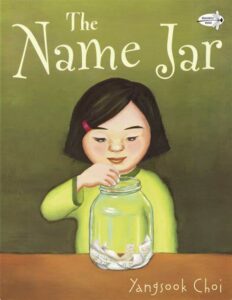
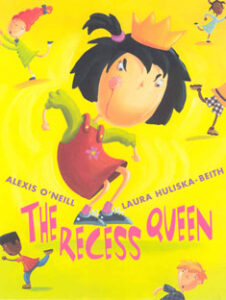
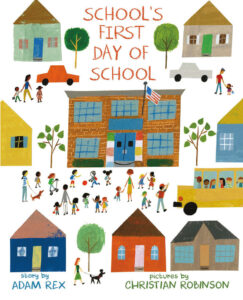
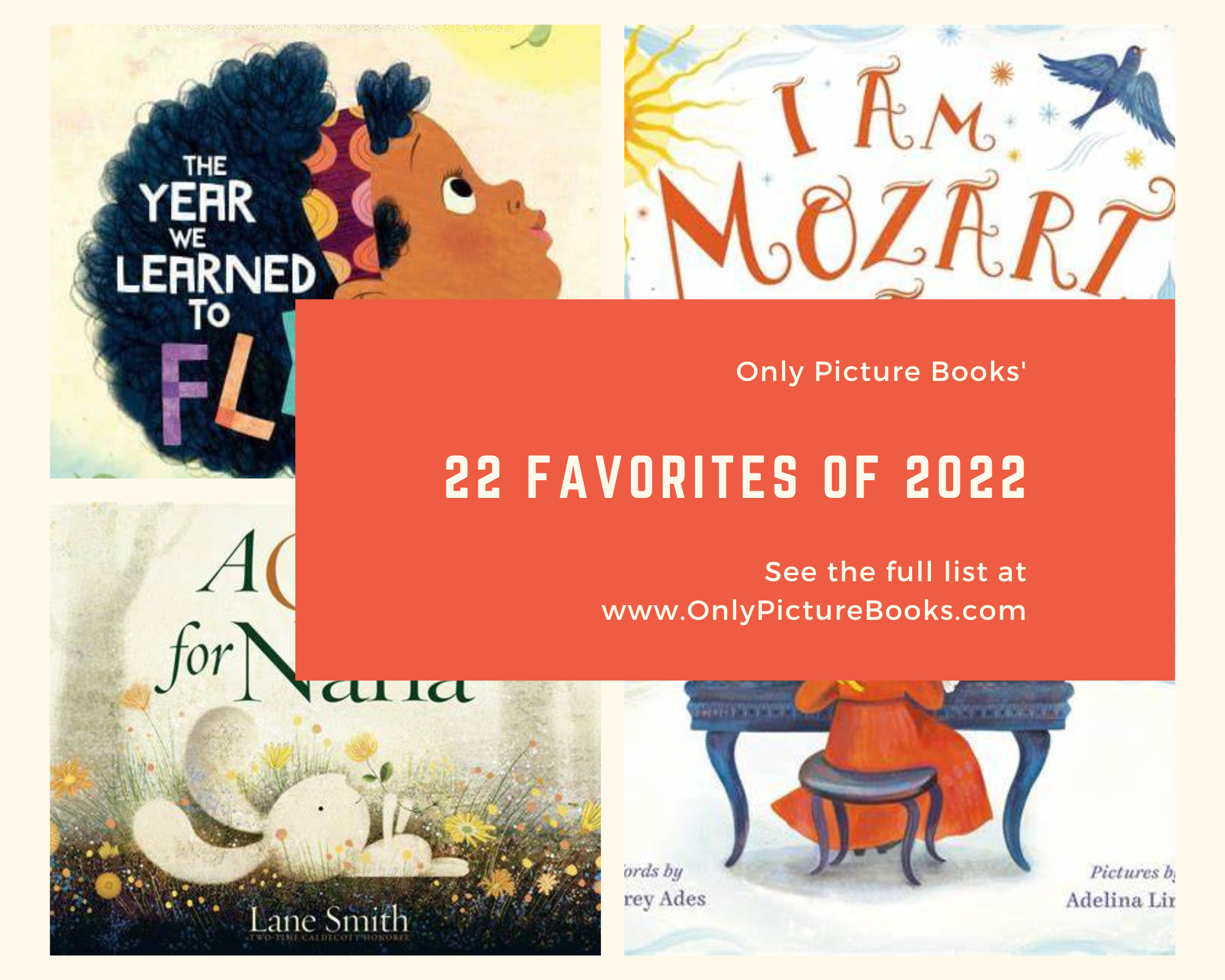
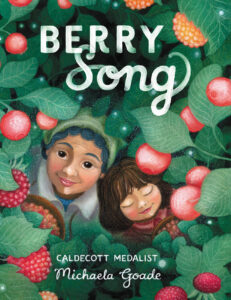
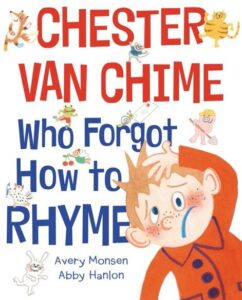
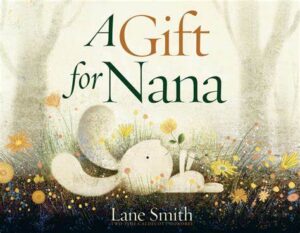
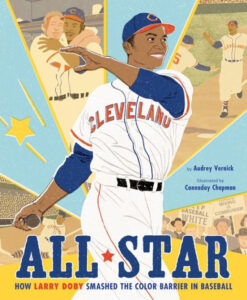
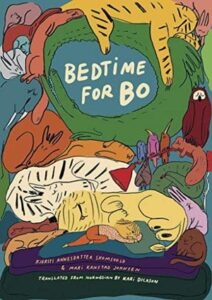
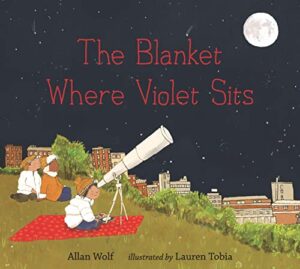
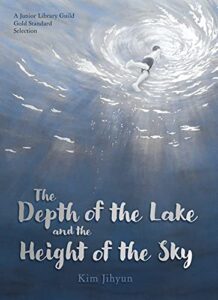
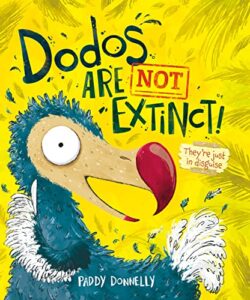
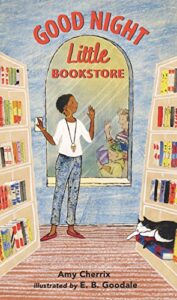
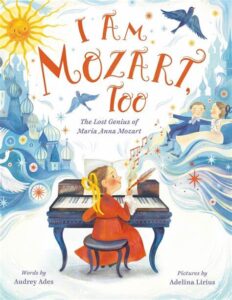
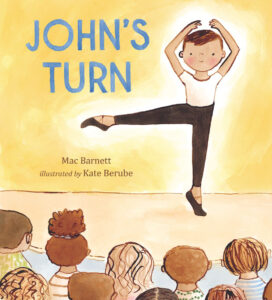 John’s Turn
John’s Turn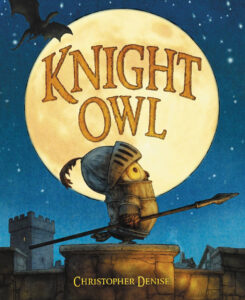 Knight Owl
Knight Owl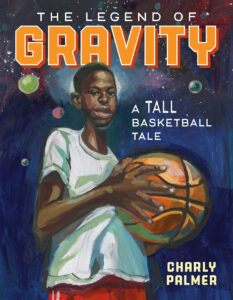
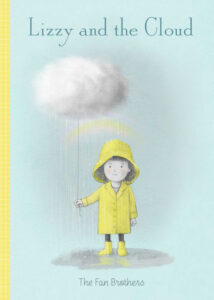
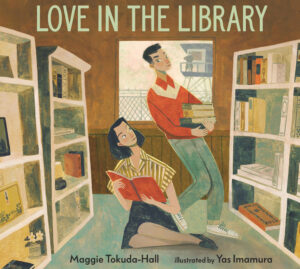
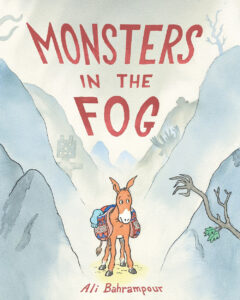
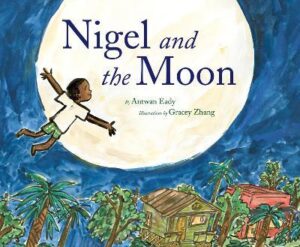
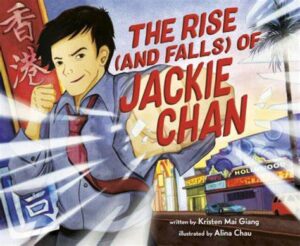
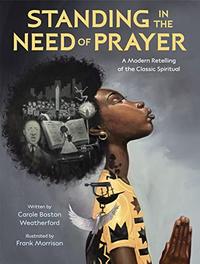
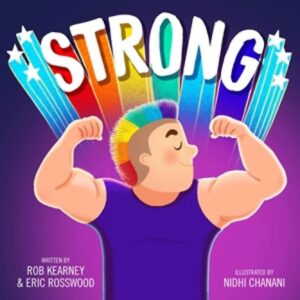 Strong
Strong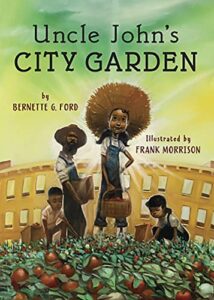
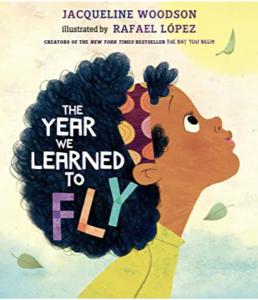

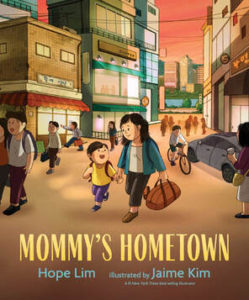
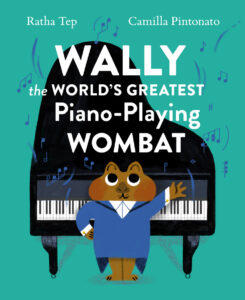 Wally, the World’s Greatest Piano-Playing Wombat
Wally, the World’s Greatest Piano-Playing Wombat